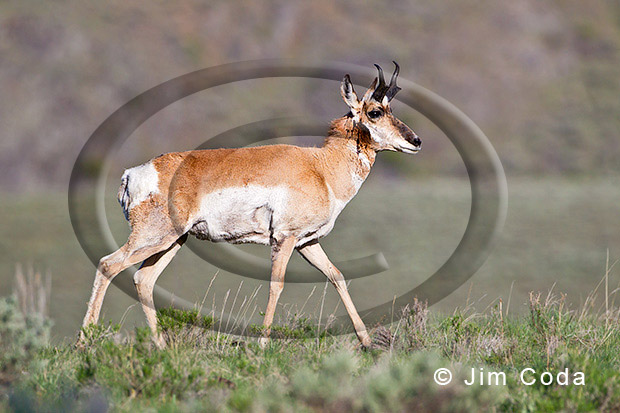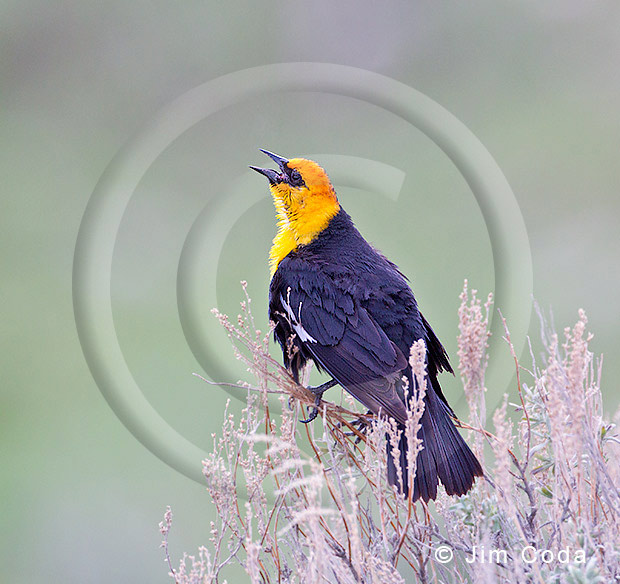Where to See Pronghorns in Yellowstone National Park

Yellowstone has 200 to 300 pronghorns. They only exist in the Park in its northern range. They spend winters in the Gardiner Basin and some, but not all, migrate from there to spend summers at higher elevations in the Park as far as the Lamar Valley.
One way to see them is to drive the Old Yellowstone Trail in the Gardiner Basin. Start at the Park’s Roosevelt Arch and drive north around the west side of the Gardiner school and then continue on the gravel road until you get to the boat launch just before the bridge that crosses the Yellowstone River. At that point you can either turn around and head back the way you came or you can cross the bridge, get on Highway 89, and drive at highway speed back to Gardiner. Pronghorn are here year round. Note to photographers: For most of this route the land looks to be in bad shape vegetation-wise, but gets better at the north end. By the way, when you get back to the Roosevelt Arch look for pronghorn in that half mile or so between the Arch and the entrance booth.
The other option is to head for the Lamar Valley and look for them any place between Mammoth and the Lamar Valley that has open terrain. I usually take a detour and drive the road to the Slough Creek Campground because I often see a few pronghorn there. By the time you get to the confluence where Soda Butte Creek joins the Lamar River you will have covered about all the pronghorn habitat that can be seen from a vehicle. The area from Mammoth to the Lamar Valley is summer range only.



